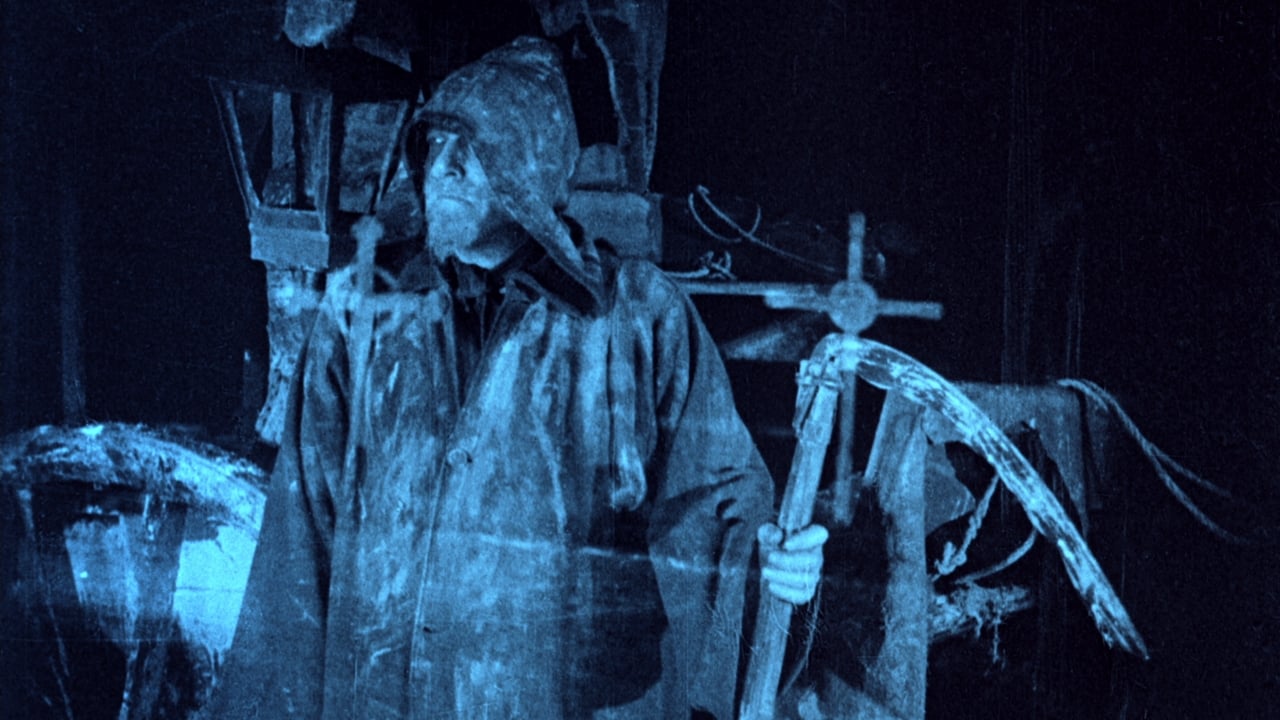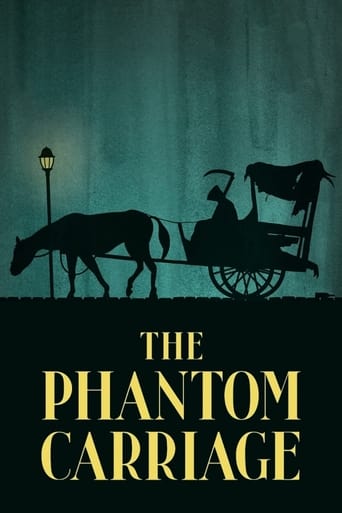

One of my all time favorites.
... View MoreA brilliant film that helped define a genre
... View MoreIf the ambition is to provide two hours of instantly forgettable, popcorn-munching escapism, it succeeds.
... View MoreThere's a more than satisfactory amount of boom-boom in the movie's trim running time.
... View MoreA perfect fit within the sub-genre of "Holiday Films Where the Lead Character Must Examine His Life in Some Unique Way in Order to Right Some Wrongs" (Christmas Carol, It's a Wonderful Life). This is a delicious and retributively satisfying portrayal of pure human wickedness. Told non-sequentially, we see a recently deceased, despicable man learn why he's been cursed to drive a death-cart for a year. An experimental and ahead-of-it's-time tale that uses brilliant early effects to great storytelling purpose.
... View MoreAs were not uncommon in the silent era, The Phantom Carriage is a morality tale, meaning its whole purpose is to condemn the characters it has written, and use every frame to bring about their judgement, act God. The last person to die before midnight on New Years Eve attains the unenviable position of 'phantom carriage' driver for the next year - a ghostly horse drawn carriage that stops at the door of the newly deceased and takes them away. David is the character who suffers this misfortune here, though as things play out, it seems less like fortune and more like fate - the punishment handed to him for a life of drunkenness and immorality. While this is not a pretty rap sheet, I'm sure there were many did worse throughout the year, who had worse karma coming them, and were more deserving of the position, but hey, lets not let logic get in the way of fantasy. Throw in a melodramatic love story, and we see a film determined to live up to the definition of its genre in every way possible. The double exposures that achieve the ghostly carriage does make for a neat visual effect, but there is not a lot else going for it. It moves far too slowly, and could have been told in half the time.
... View MoreThis is an astonishingly good silent movie, with shades of a Christmas Carol. A surprisingly sophisticated and layered story, strong and well restrained acting performances and outstanding special effects for its day make this one of the best silent pictures I've seen.This is highly recommended viewing for anyone looking to get into the captivating and addictive world of silent cinema!
... View MoreFor being a silent movie, this is among the best I've ever seen. The version I watched didn't even have background music, but even in complete silence it made a memorable impact. It's emotionally strong, the acting is honest and natural and the pacing is quick, which altogether made a modern impression on me. The best thing about the film is Victor Sjöström the actor. He is a very sympathetic lead. He held my attention at all times and makes a genuine and varied portrayal. Perhaps the greatest thing about his acting it that he doesn't much look like an actor?One funny thing worth mentioning: not only does the film have themes in common with The Shining, as has been pointed out before, but it also has a lot of similarities with Citizen Kane, quite coincidentally: a master actor-director in a film considered a landmark in visual effects and cinematic narrative.
... View More